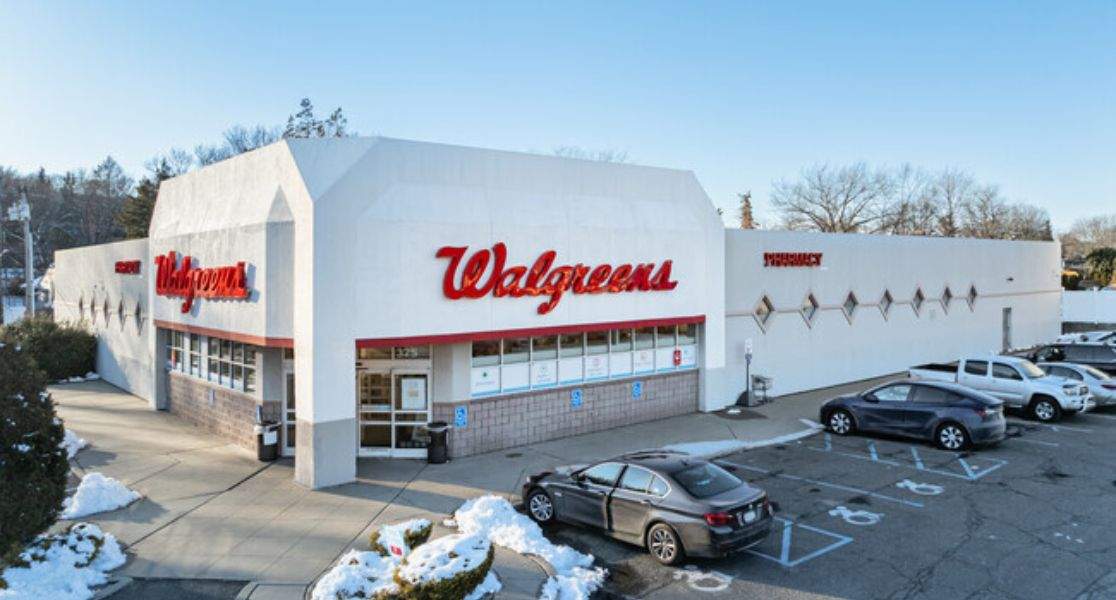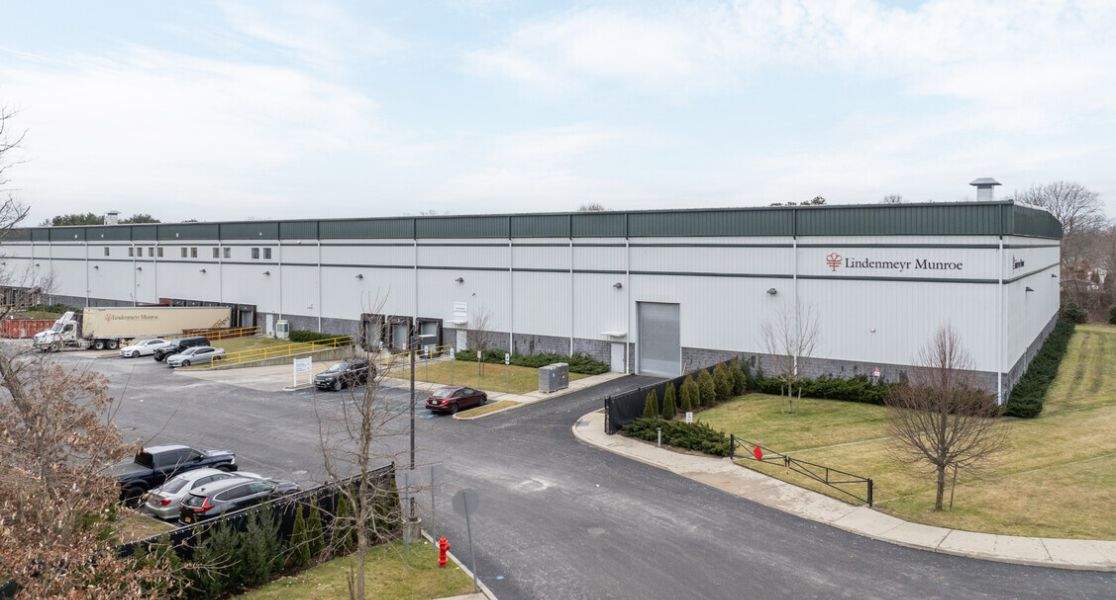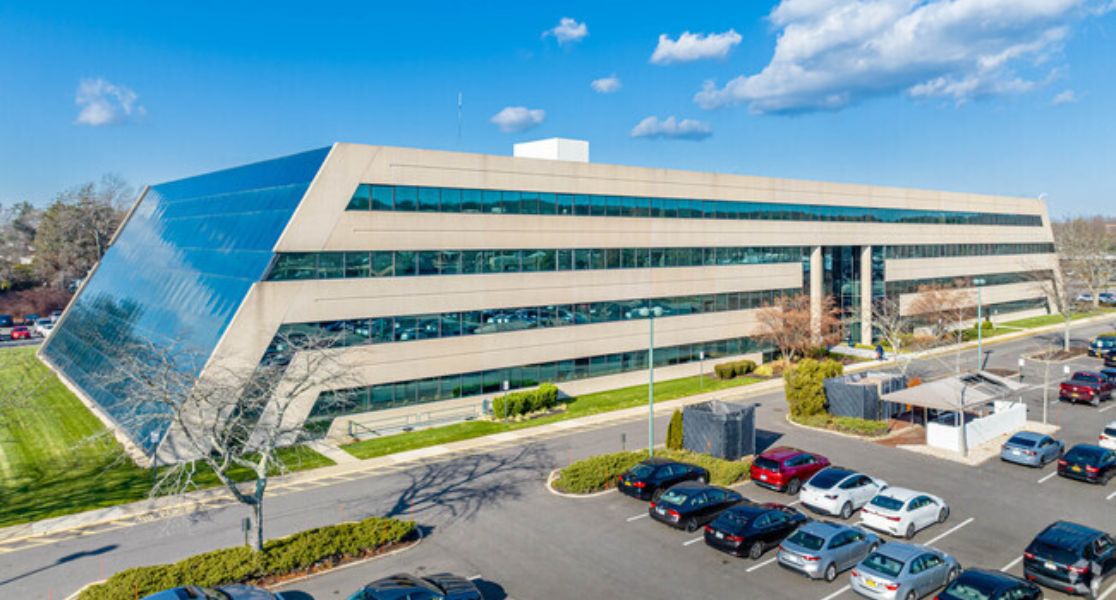With our ever-increasing digital world, its no surprise that in the last past few years we have seen incredibly large increases in online shopping. We have even heard some say that they believe that in-store shopping will become obsolete. Of course, there are positives and negatives within each channel of shopping (in-store and online). In this article we will explore these differences, and will forecast where we believe the future of shopping is moving and how we see it doing so.
 There are many benefits of in-store (aka brick-and-mortar) shopping. One of the largest drivers for in-store shopping is the ability for customers to receive the product immediately. Additionally, consumers are able to enjoy the personal connection with store employees, a well-executed store atmosphere, and the ability to touch, hold, or try on products before their purchase. In-person assistance is also a huge benefit of in-store shopping. Although online reviews are helpful when purchasing a product online, in-store employees are trained to be knowledgeable about their products and services and offer that one-on-one direct help that online stores may lack. As far as in-store shopping from a business perspective goes, according to research, approximately 40% of shoppers spend more than they had planned to while shopping in stores. This can be accredited to well-designed storefronts and point-of-purchase displays that can strongly influence consumers to make more impulsive purchases. These displays are much harder to ignore than online ads, which are often thought of as an annoyance or ignored altogether with. Also to remember, in-store shopping is often a social activity. This aspect of experience simply cannot be replicated online.
There are many benefits of in-store (aka brick-and-mortar) shopping. One of the largest drivers for in-store shopping is the ability for customers to receive the product immediately. Additionally, consumers are able to enjoy the personal connection with store employees, a well-executed store atmosphere, and the ability to touch, hold, or try on products before their purchase. In-person assistance is also a huge benefit of in-store shopping. Although online reviews are helpful when purchasing a product online, in-store employees are trained to be knowledgeable about their products and services and offer that one-on-one direct help that online stores may lack. As far as in-store shopping from a business perspective goes, according to research, approximately 40% of shoppers spend more than they had planned to while shopping in stores. This can be accredited to well-designed storefronts and point-of-purchase displays that can strongly influence consumers to make more impulsive purchases. These displays are much harder to ignore than online ads, which are often thought of as an annoyance or ignored altogether with. Also to remember, in-store shopping is often a social activity. This aspect of experience simply cannot be replicated online.
As for online shopping, according to Forrester Research, U.S. online retail sales will grow 57% by 2018 – yes, online shopping is in full swing. One of the largest drivers for online shopping is the convenience that comes with shopping online. Online shopping enables you to make a purchase in minutes from the comfort of your own home, while you are out running errands, or while you’re at work. This means no more long lines, and one less thing to add to your to-do list. Online shopping also provides a seemingly endless selection of products and goods, but even further, online shopping allows people to find the very best price for the products without having to visit many different stores. Online sellers can feature lower prices because they don’t have the overhead of rental space, electric bills, or staff and sales people. Driving this online retail growth is the increasing ubiquity of smartphone ownership in the U.S. along with retailers’ investments in enabling e-commerce and mobile applications, such as mobile coupons, says Sucharita Malpura, a Forrester Research analyst. Another reason for this online retail growth is that consumers who grew up using the Internet from their earliest years are also contributing to the growth as they move into their prime spending years. Consumers between 25 and 33 years old (Generation Y) already spend more online than any other age group.
It’s obvious that each shopping channel has their own strong benefits. So, where do we see the future of shopping going? Our answer: neither specific direction – we truly believe that the days of physical stores begin separated from online shopping is soon to be over. We feel that in order for each channel to be successful, they (in-store and online) must work together to deliver a unified and consistent customer experience. Brands will need to go above and beyond expectations and provide an enjoyable and convenient shopping experience. This can be done as brands incorporate new technologies into stores to make the shopping experience more efficient, and continue to offer helpful resources for the consumer. The largest challenge that brands will face is to create one flawless and integrated system, which incorporates both In-store and online shopping together. We believe that the brands that can do this will be the most successful regardless if they are predominately an in-store or an online brand experience.





